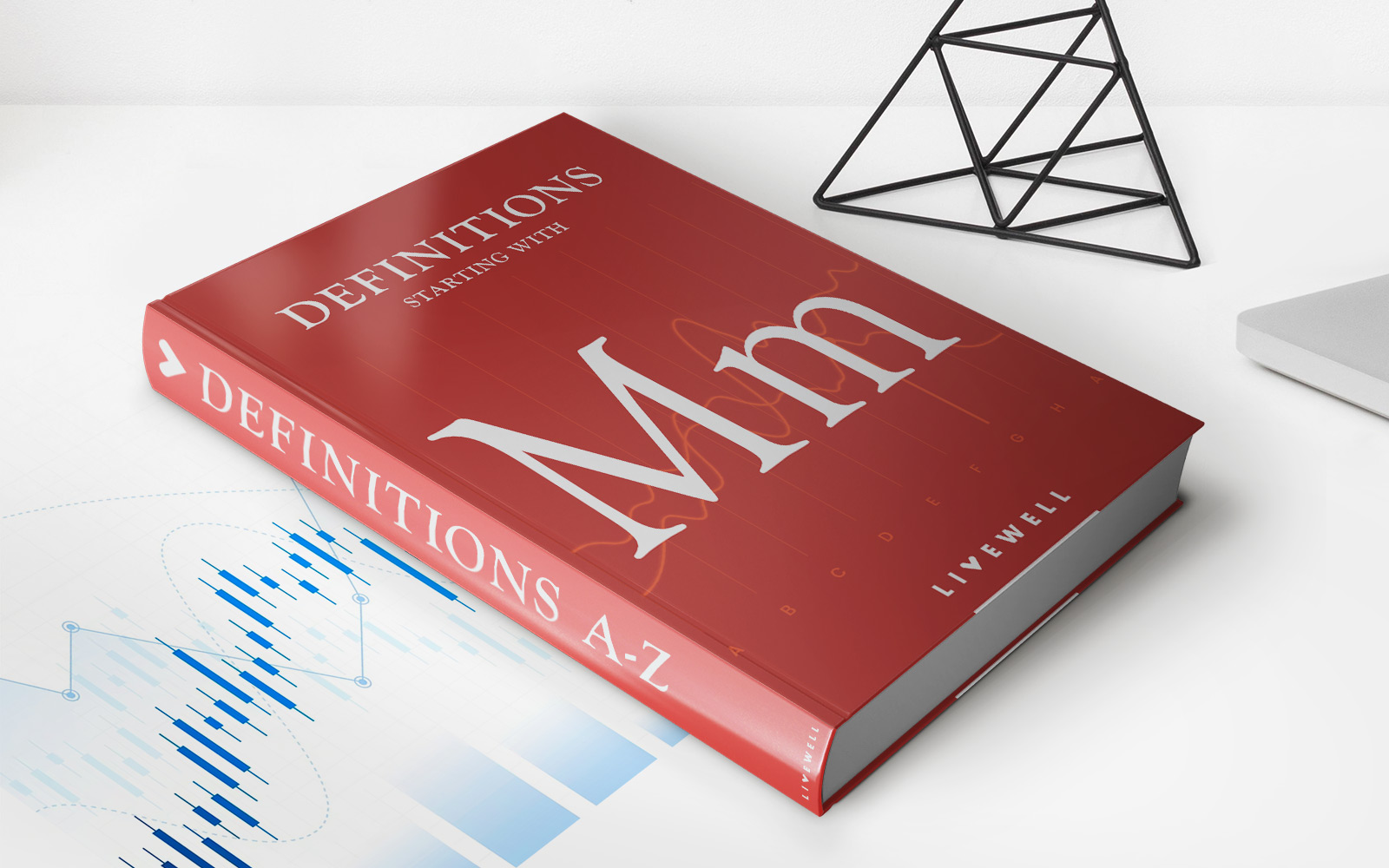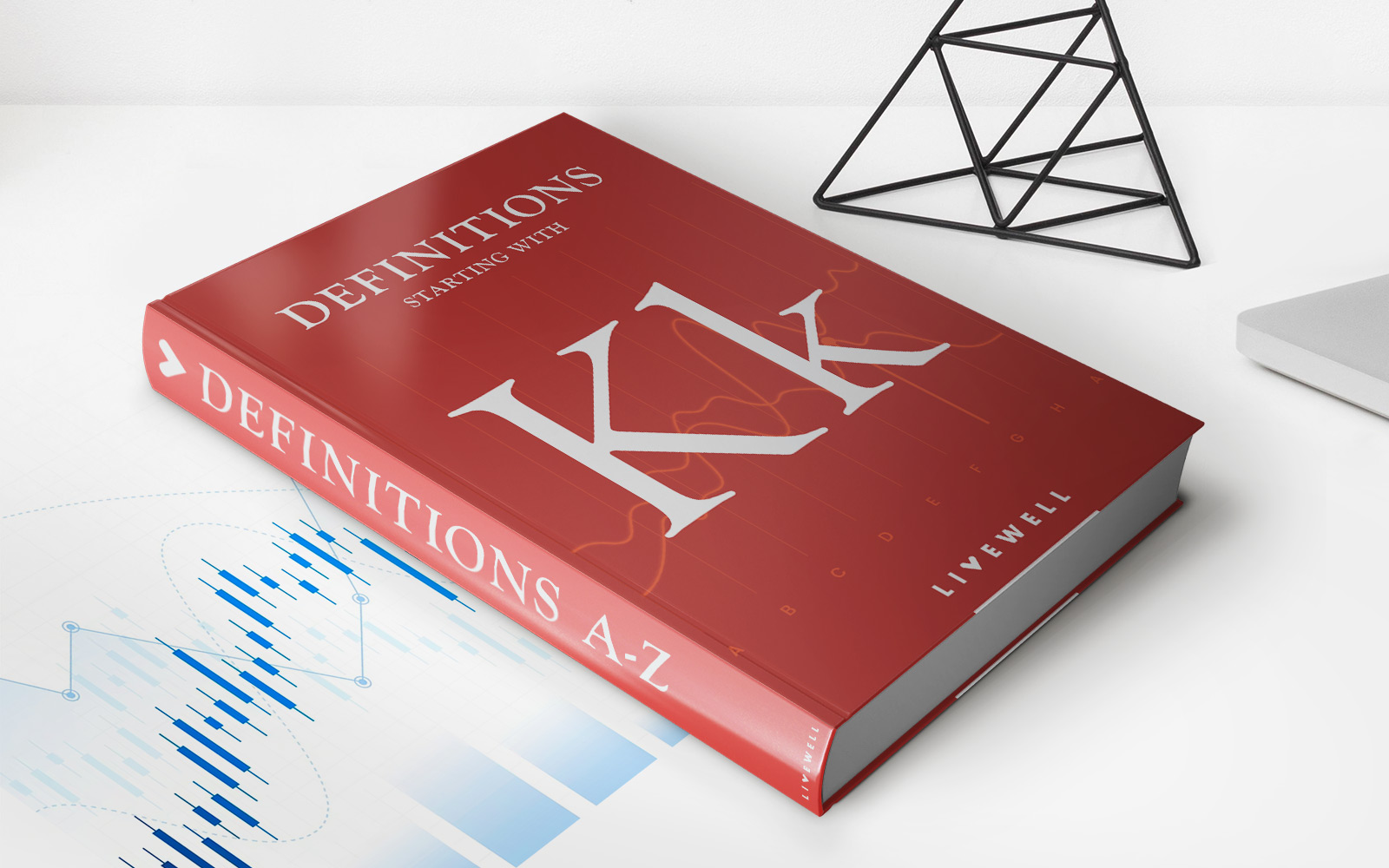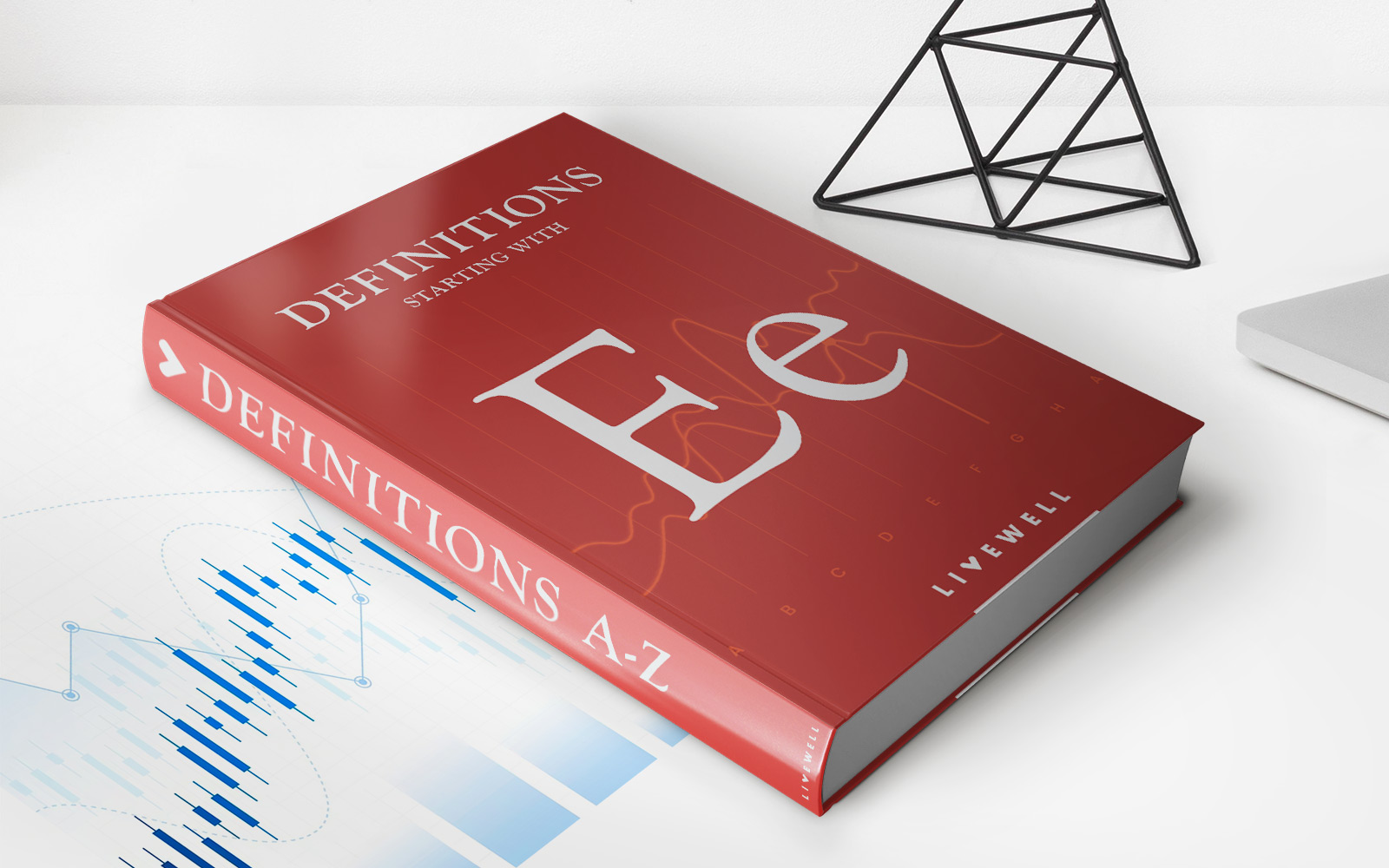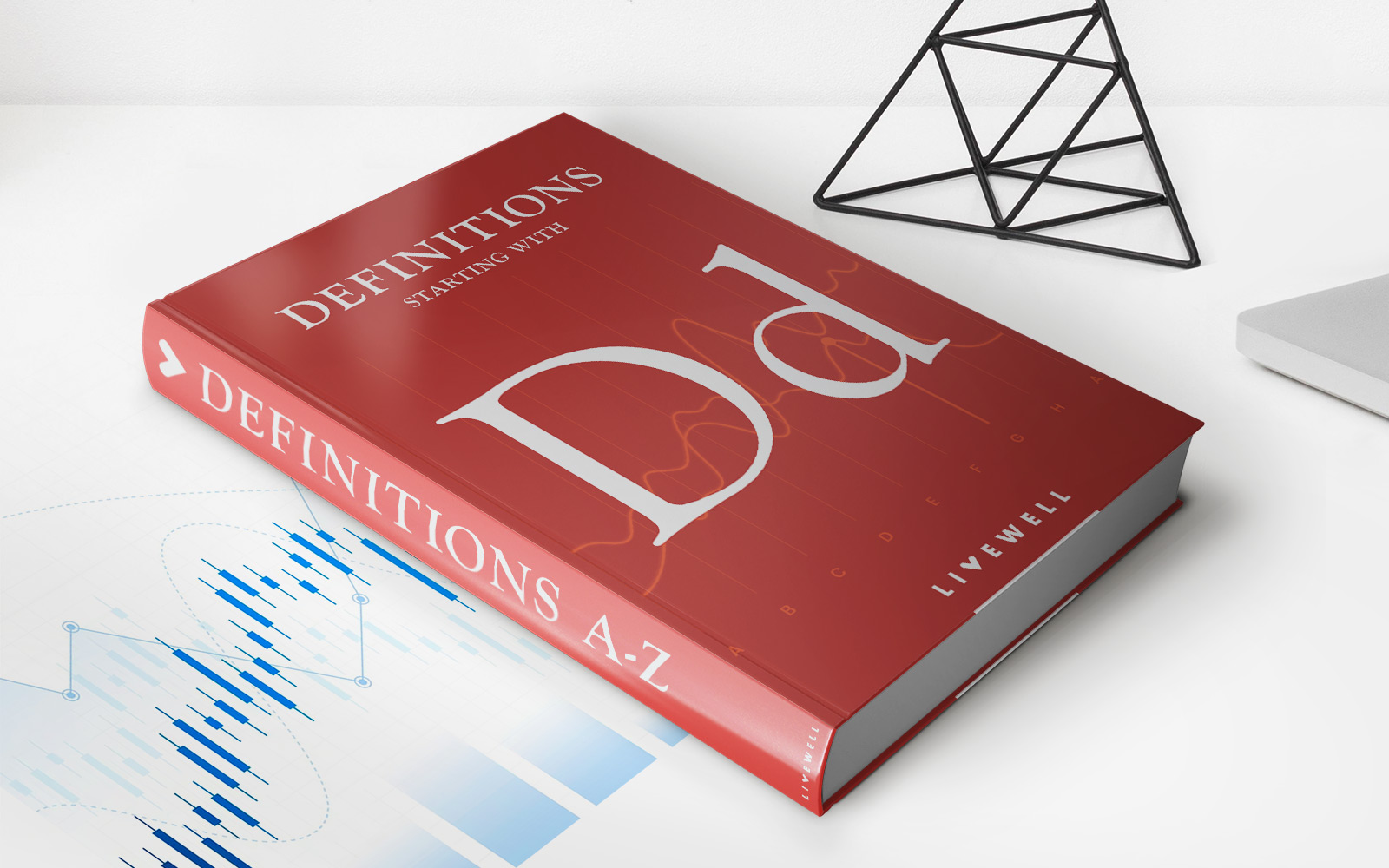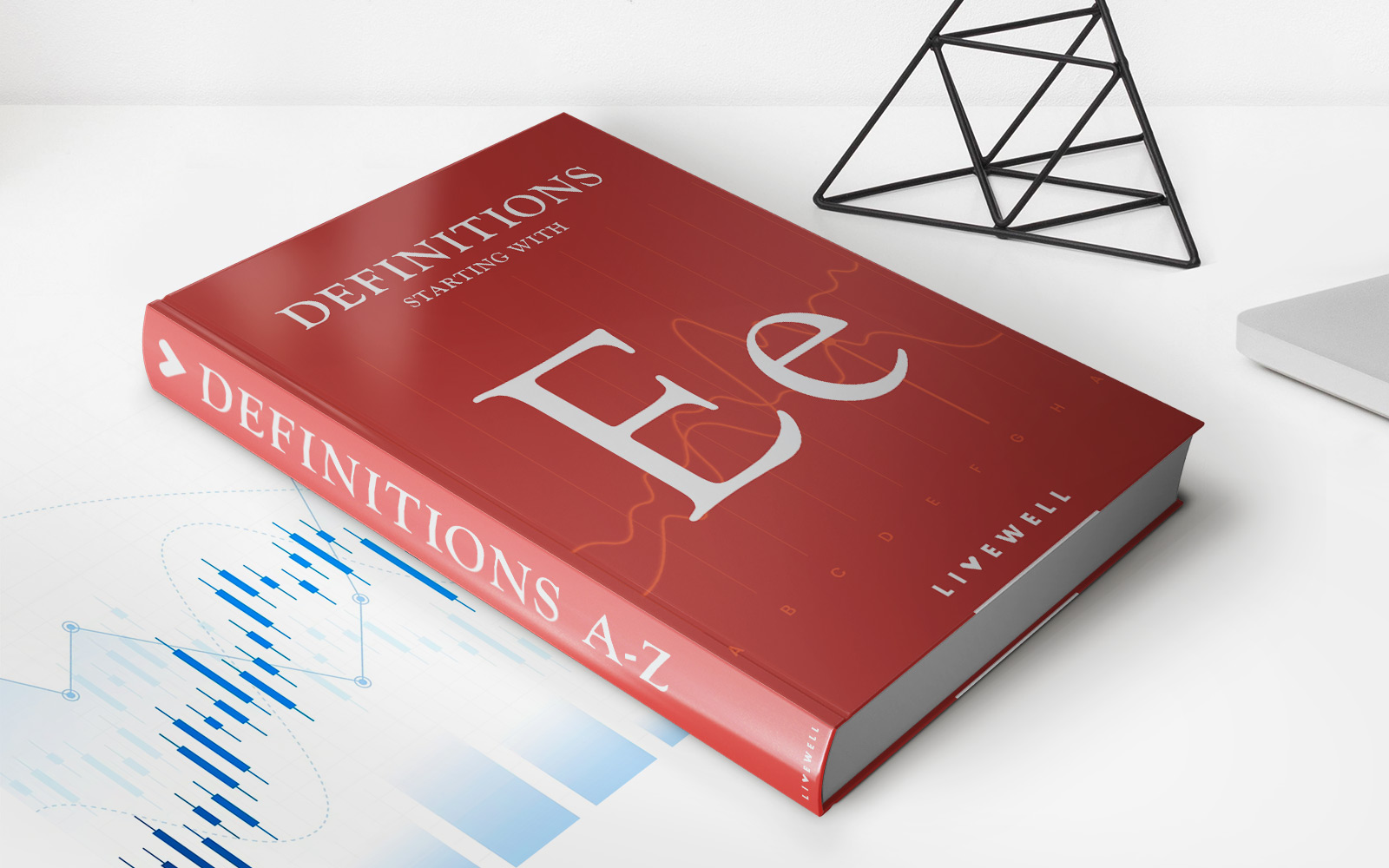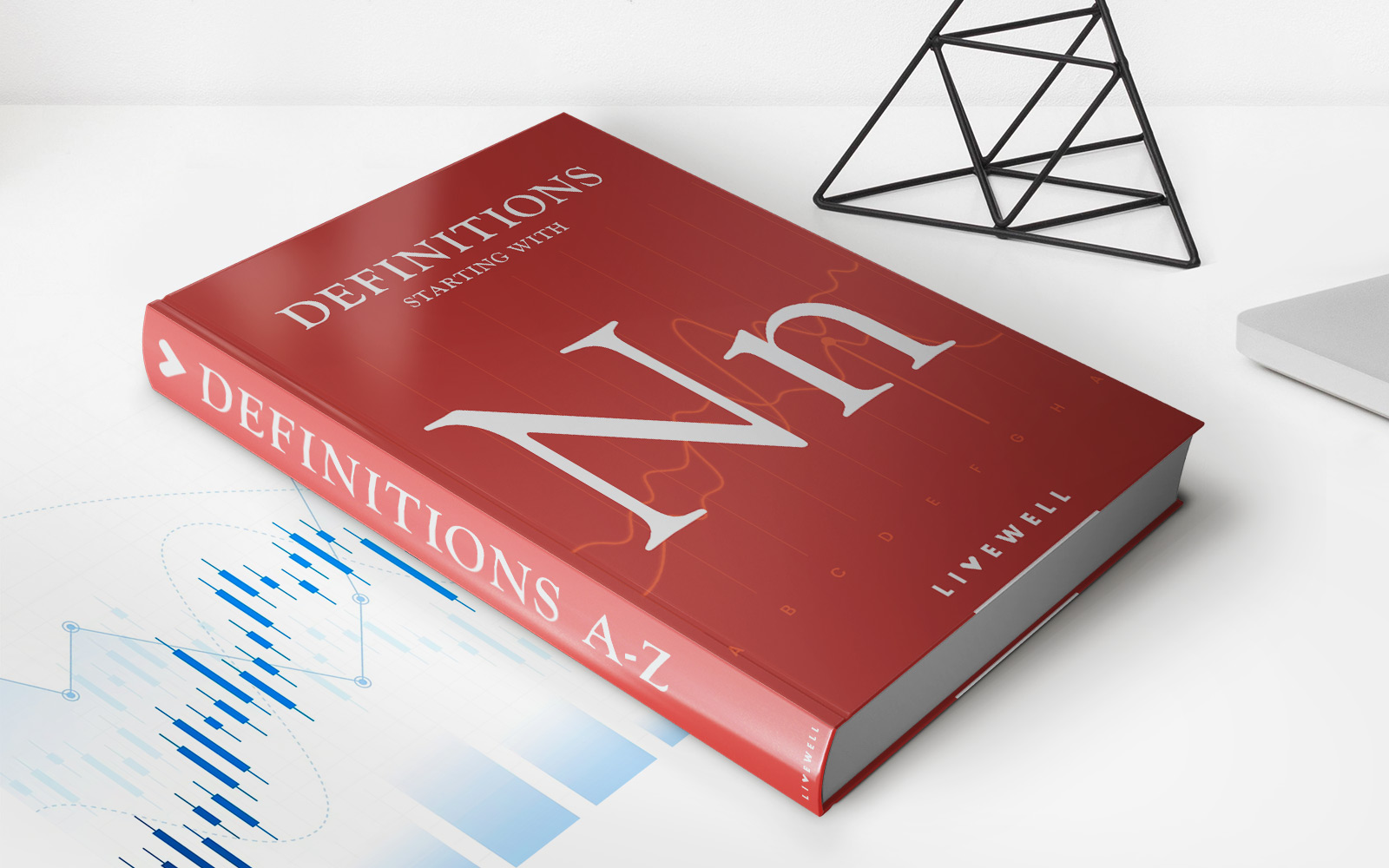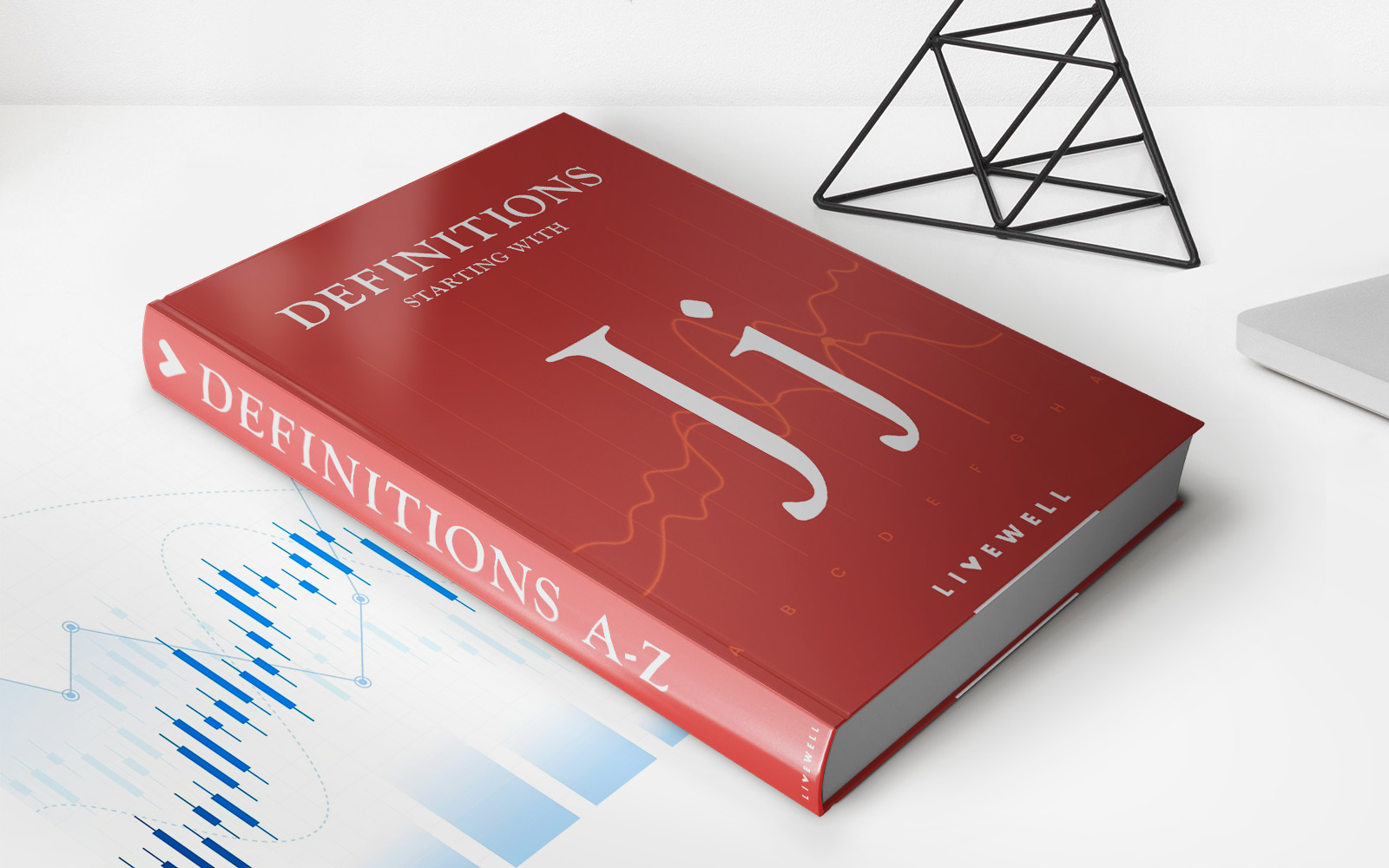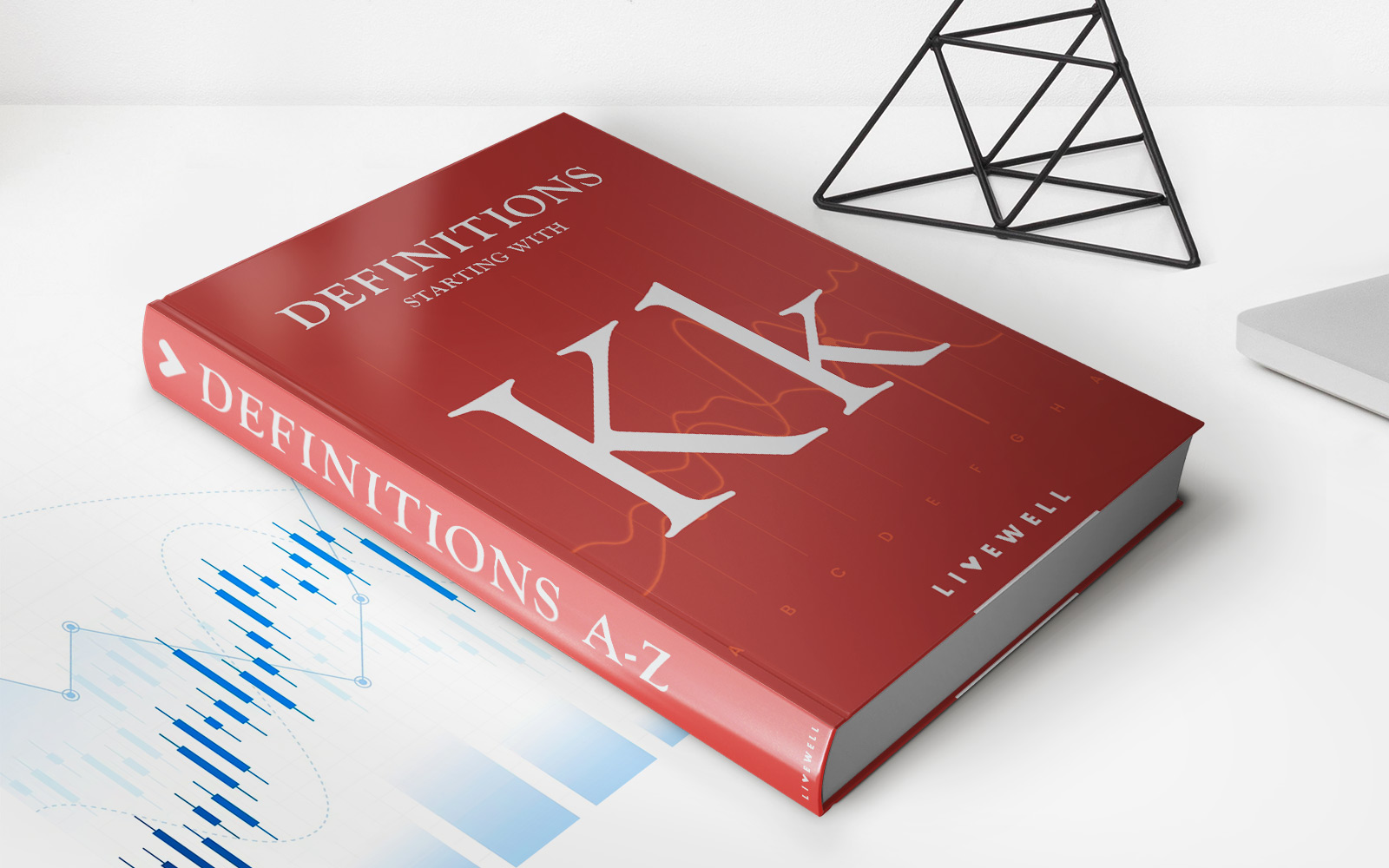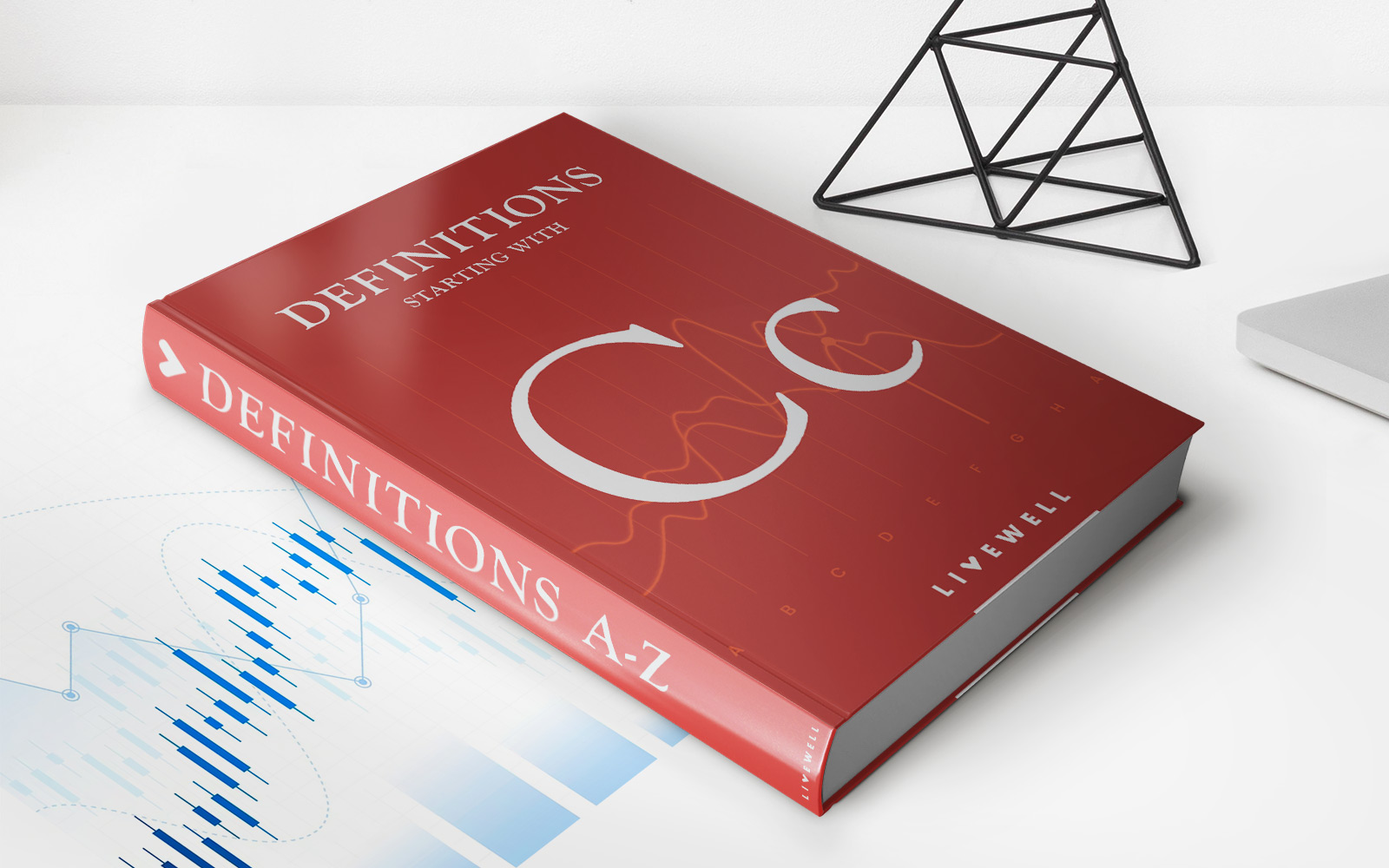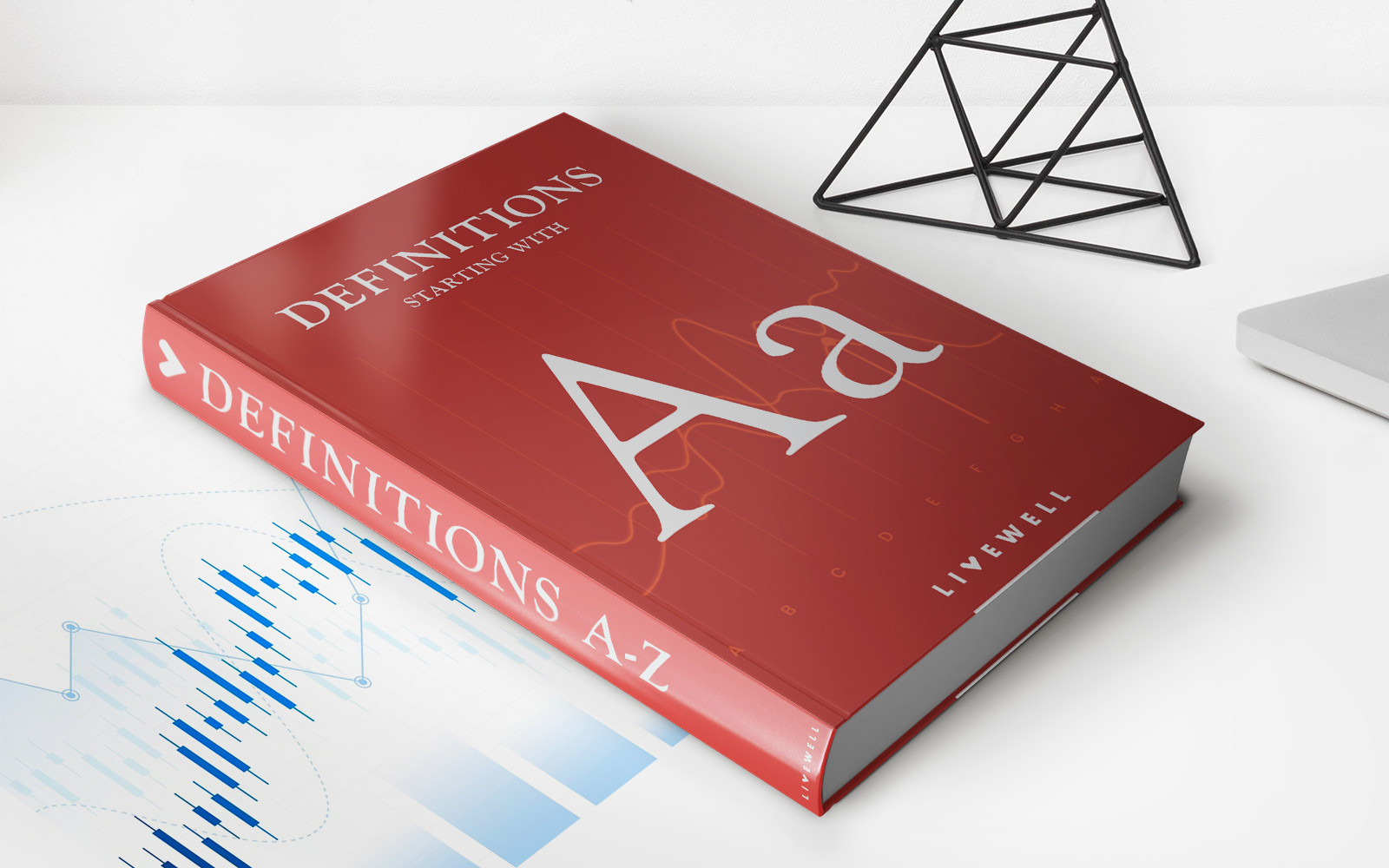Home>Finance>New Keynesian Economics: Definition And Vs. Keynesian
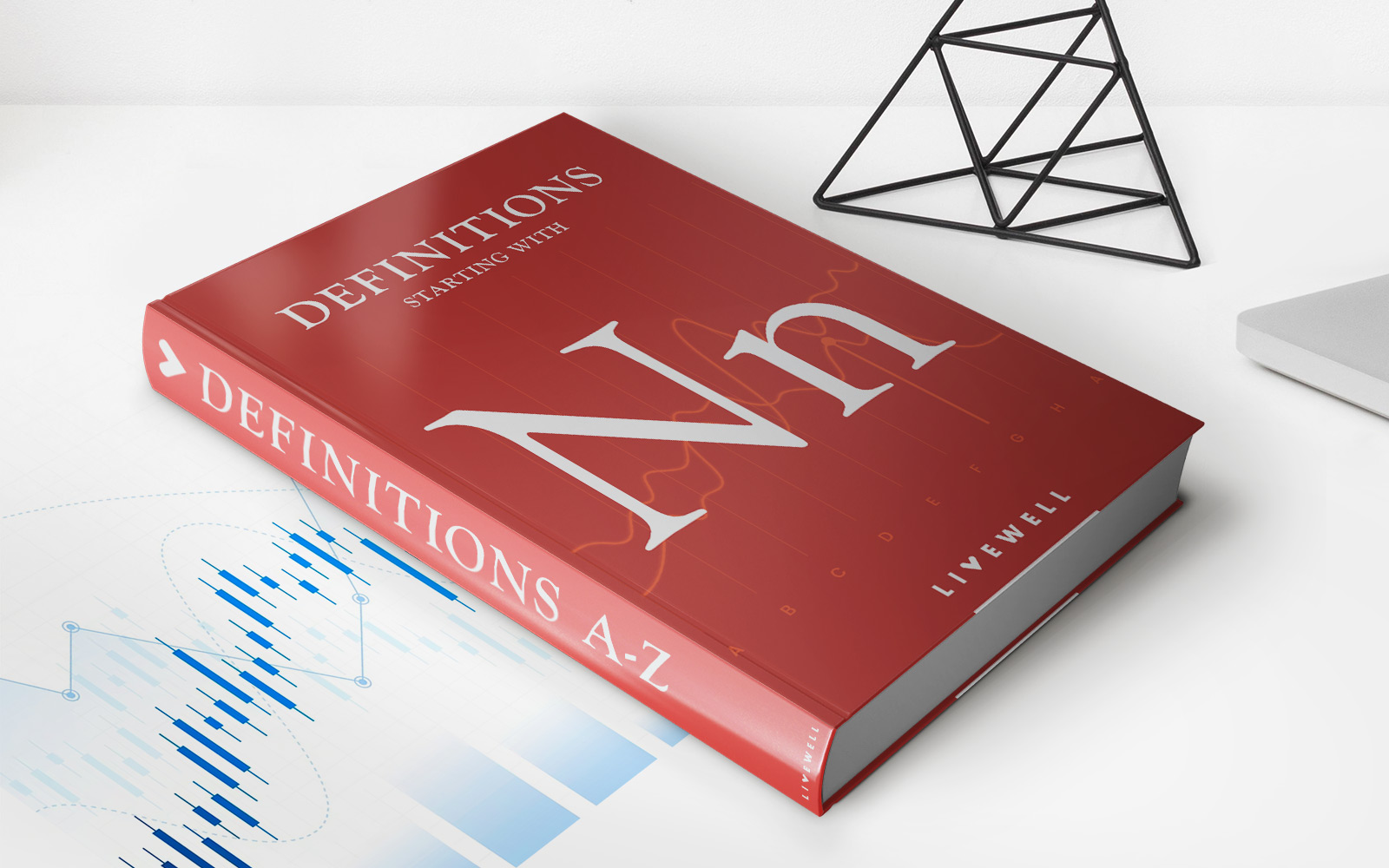

Finance
New Keynesian Economics: Definition And Vs. Keynesian
Published: December 30, 2023
Learn the definition and difference between New Keynesian Economics and Keynesian Economics in the world of finance.
(Many of the links in this article redirect to a specific reviewed product. Your purchase of these products through affiliate links helps to generate commission for LiveWell, at no extra cost. Learn more)
Welcome to the World of New Keynesian Economics!
Finance is a vast and dynamic field that encompasses various theories and approaches. One such theory is New Keynesian Economics. In this blog post, we will explore the definition of New Keynesian Economics and compare it to the traditional Keynesian approach. So, whether you’re a finance enthusiast or just curious about economic theories, read on to unravel the key differences and similarities between these two perspectives.
Key Takeaways:
- New Keynesian Economics is an updated version of the Keynesian theory that incorporates elements of neoclassical economics.
- Both theories share the belief that government intervention can mitigate economic fluctuations and stabilize the economy.
New Keynesian Economics: An Introduction
In order to understand New Keynesian Economics, it is essential to have a basic understanding of the original Keynesian theory. Developed by John Maynard Keynes during the Great Depression, Keynesian economics emphasizes the role of government intervention in stabilizing the economy and promoting full employment.
New Keynesian Economics takes this foundation and adds a neoclassical twist. Neoclassical economics emphasizes the importance of microeconomic foundations and individual decision-making in the analysis of economic phenomena. New Keynesian Economics attempts to marry these two perspectives, incorporating both Keynesian macroeconomic principles and neoclassical microeconomic foundations.
The Differences: New Keynesian vs. Keynesian
Now that we have a general understanding of both theories, let’s dive into the key differences:
- Price Rigidity: While both theories recognize that prices and wages are not perfectly flexible, New Keynesian economists emphasize the importance of nominal rigidities. They argue that price rigidities can lead to market failures, as they prevent prices from adjusting efficiently to changes in supply and demand.
In contrast, Keynesian economists focus more on the impact of sticky wages, suggesting that rigidities in labor markets can lead to unemployment and economic downturns.
- Expectations: Expectations play a significant role in both theories, but they are approached differently. New Keynesian Economics incorporates the concept of rational expectations, which assumes that individuals make predictions based on all available information. This implies that individuals have perfect foresight, and their predictions are unbiased.
Keynesian economics, on the other hand, suggests that individuals have adaptive expectations. They base their predictions on past experiences and adjust them gradually over time. This implies that individuals can be influenced by their immediate surroundings and may not have access to all relevant information.
In Conclusion
New Keynesian Economics builds upon the foundation of the original Keynesian theory and incorporates neoclassical elements. While both theories share the belief that government intervention can stabilize the economy, they differ in their emphasis on price rigidities and expectations. Understanding these differences is crucial for anyone studying finance or interested in economic theories.
So, whether you’re an aspiring economist or simply looking to broaden your knowledge, take the time to explore New Keynesian Economics. It’s a fascinating field that continues to shape our understanding of the complex world of finance.
